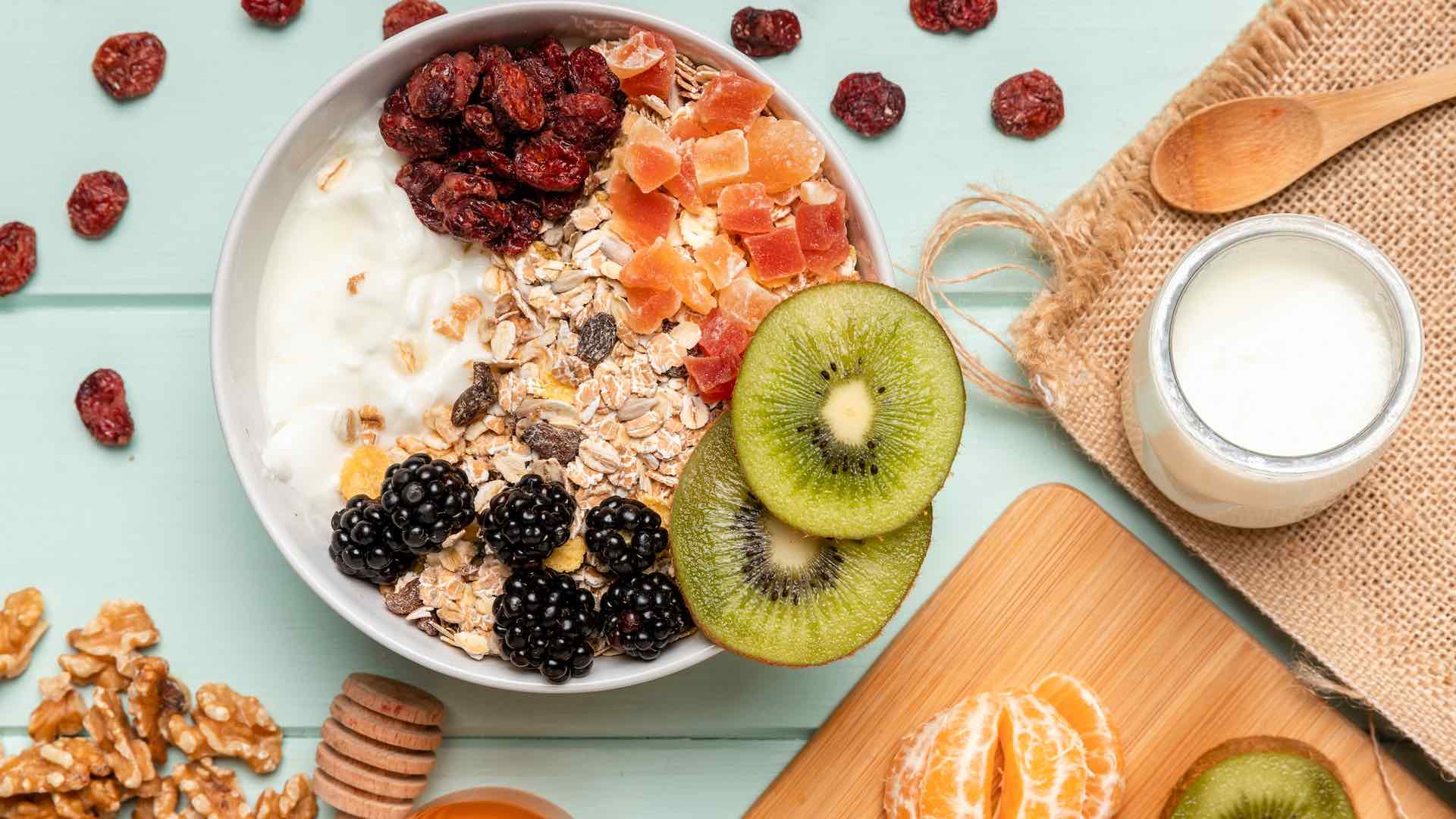In a significant development from the University of Minnesota, researchers have shed new light on the extensive health advantages of insoluble fiber. While its role in promoting gut health is well-known, recent findings suggest its potential in reducing risks associated with cardiovascular disease, cancer, and Type 2 diabetes. Researchers delved into the plant sources of this fiber and discovered a myriad of unique bioactives. These bioactives not only strengthen the argument for the consumption of fiber but also emphasize its benefits that extend beyond digestive health.

Joanne Slavin, co-author of the study and a seasoned professor at the University of Minnesota, elaborated on the findings. “The health community has always championed fiber for its role in digestive wellness,” Slavin said. “However, our research aims to highlight the additional health benefits provided by the bioactives present in fiber-rich plants.” The study meticulously analyzed various literature on the health impact of bioactives in plant-derived insoluble dietary fiber. Among their notable discoveries was the presence of valuable bioactives like Quercetin, Resveratrol, Catechins, and Beta-Carotene in a range of plant foods abundant in insoluble fiber.
An intriguing proposition of the research is the potential of these plant sources to enhance the nutritional value of processed foods. By fortifying these foods with fiber and bioactives, there’s an opportunity to make everyday consumer products more health-centric. Jan-Willem Van Klinken, another co-author of the study, weighed in on the practical implications. “While the advice to consume more fruits and vegetables isn’t groundbreaking, it remains a challenge for many. By creating fiber-fortified products that retain the beneficial bioactive content, we can offer consumers foods with elevated nutritional value,” Van Klinken stated.
The study, by shedding light on bioactives’ influence on health, calls upon the industry, academic institutions, and government bodies to foster broader awareness regarding bioactives in our food systems. Lead author Madeline Timm added, “Our research is a stepping stone, suggesting a re-evaluation of how both the health and food sectors perceive insoluble dietary fiber and bioactives. Prioritizing bioactives in our food products and supplements could be revolutionary for public health.” The complete study, titled “Beyond Insoluble Dietary Fiber: Bioactive Compounds in Plant Foods”, can be accessed in the journal Nutrients.
